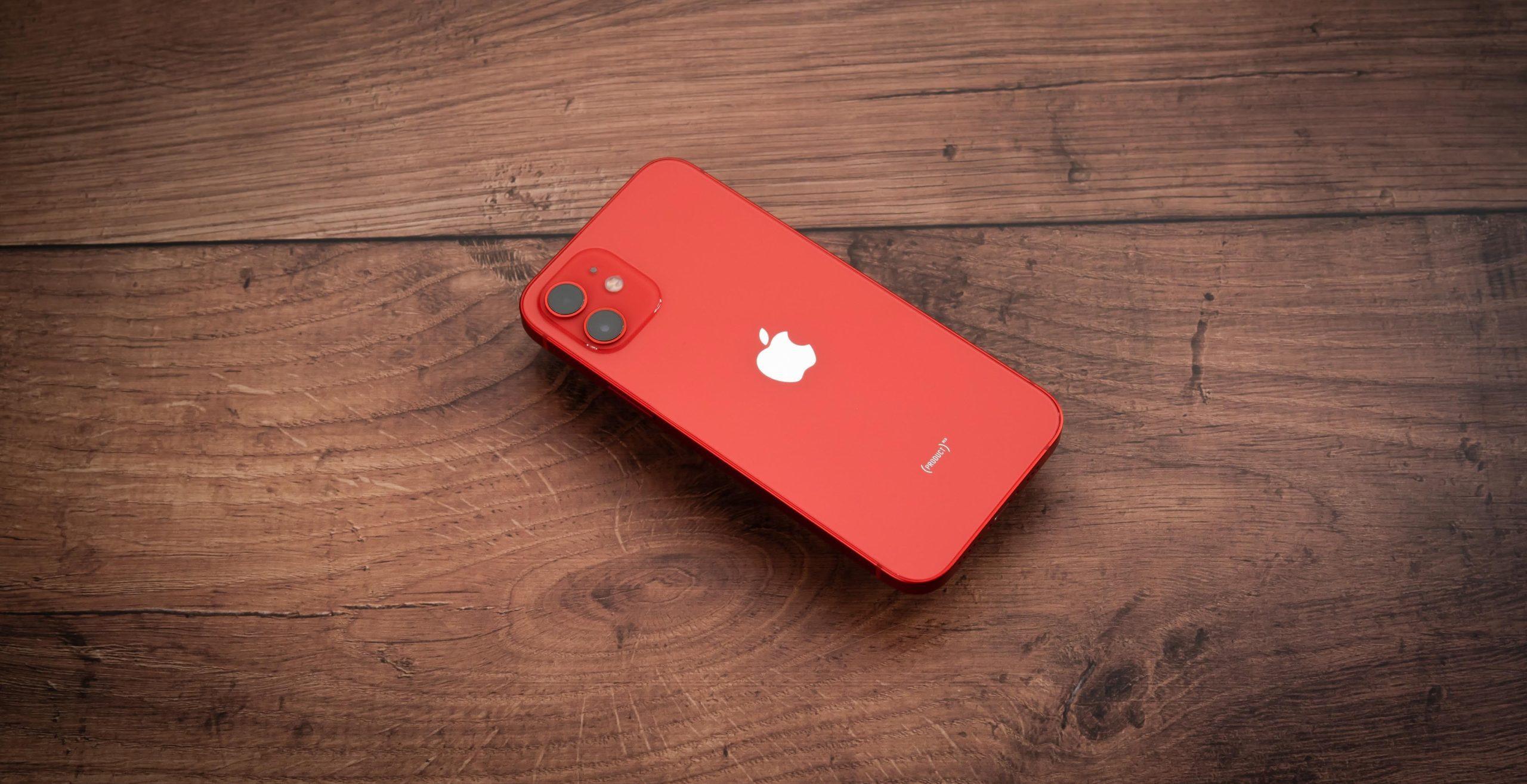The Immense Power of Brand Storytelling: How it Can Help Your Business Grow

The Immense Power of Brand Storytelling: How it Can Help Your Business Grow
It just doesn’t cut it…
In today’s fast-paced and highly competitive business landscape, it’s simply not enough to have a great product or service.
You need to have a compelling story that resonates with your target audience and sets you apart from the competition.
Enter brand storytelling.
By crafting a narrative that connects with your customers on an emotional level, you can build a loyal following that not only buys from you but advocates for your brand.
This powerful marketing strategy has been adopted by some of the world’s most successful companies – including Nike, Apple, and Coca-Cola – to build their brands and grow their businesses.
How do you tap into the power of brand storytelling?
We’ll show you how to tell your story in a way that truly resonates with your audience with this comprehensive guide.

Does this brand look familiar? Credit: James Yarema on Unsplash.
Why is Brand Storytelling Important?
At its core, the purpose of brand storytelling is to establish a connection with your customers that goes beyond the transactional.
Sharing your brand’s values, mission, and personality provides the chance to establish emotional bonds that foster loyalty.
Customers who feel connected to a brand are more likely to become repeat buyers and advocates – and advocacy is gold in the business world.
Beyond customer loyalty, brand storytelling can help your business stand out in a cluttered market.
By defining what makes your brand unique – and communicating that distinction in a compelling way – you can differentiate yourself from competitors and attract new customers who share your values.
The more relatable your brand is, the more likely you are to win over your audience – and with less need to compete on price, too.

Connect with your audience. Credit: Melanie Deziel on Unsplash.
How Brand Storytelling Can Help Your Business Grow
We’ve outlined the importance of brand storytelling. Now, let’s dive into some of the ways in which it can significantly amplify business’ growth and success.
By creating a narrative that resonates with your target audience, you have the ability to:
- Build brand awareness: A compelling brand story can help your business be distinctive in a jam-packed marketplace – meaning customers are more likely to remember you and recommend you.
- Foster customer loyalty: If customers feel connected to your brand on an emotional level, they’ll be more inclined to become repeat buyers and brand advocates.
- Increase sales: Producing engaging content that reveals your brand’s story and highlights your products or services has the capacity to reach a wider audience and increase conversions.
- Differentiate your brand: Defining your brand’s uniqueness and communicating that in a compelling way allows you to differentiate yourself from competitors and establish a niche in the market.

It can be tough for your brand to stand out in a crowded market. Credit: Aaron Sebastian on Unsplash.
Best Brand Storytelling – 3 Standout Cases
Many of the world’s most successful companies have used storytelling to build their brands and grow their businesses. Here are a few prime examples:
Nike
The US sportswear giant’s ‘Just Do It’ messaging is one of the most iconic examples of brand storytelling.
Although the famous tagline was inspired by a comment from a murderer on death row, the slogan and its supporting marketing campaigns scream inclusivity and empowerment.
Just Do It is simple vernacular, yet it’s rousing and inspiring. And it’s messaging that has been perfectly executed for decades, resonating with athletes and fitness enthusiasts from continent to continent.
This narrative has enabled Nike to become one of the most recognised and respected brands on the planet.

NIke has made an almighty splash with its Just Do It messaging. Credit: Goh Rhy Yan on Unsplash.
Apple
Simplicity, innovation, and creativity – those elements are at the core of the Californian-based icon’s brand story.
From the company’s early days as a computer manufacturer to its current status as an innovative and market-leading producer of smartphones, tablets, and other devices, Apple has always focused on designing products that are intuitive, user-friendly, and appealing.
Weaved into it all is a ‘think different’ marketing approach that’s been bold and daring from the outset – and ahead of its time. The famous ‘1984 Apple Macintosh commercial’ is a prime example of this.
Creating complex and cutting-edge products and marketing them with a simplified approach has led to Apple’s standing as one of the world’s most valuable companies.
Sidenote: We outlined Apple’s dominance in this article covering the history of portable music players.

Apple’s brand storytelling strategy is simple but effective. Credit: TechieTech Tech on Unsplash.
Coca-Cola
Founded in 1892, the soft drink behemoth’s brand story is all about happiness and togetherness.
From its massive influence in shaping the depiction of the Santa Claus we recognise today to its iconic ‘I’d Like to Buy the World a Coke’ and ‘Share a Coke’ campaigns, the brand has always focused on creating a sense of joy and connection with its customers.
This emphasis on emotional connection has helped Coca-Cola to become one of the most recognisable and beloved organisations on earth.

Coca-Cola tops the lot when it comes to creating emotional connections. Credit: Tamas Pap on Unsplash.
Identifying Your Brand’s Story
Before you can start crafting your brand’s story, you need to identify what the narrative is.
This involves answering a few fundamental questions:
- What are your brand’s values? What do you stand for as a company?
- What is your brand’s mission? What is the purpose of your organisation beyond turning a profit?
- What makes your brand unique? What sets you apart from your competitors?
- Who is your target audience? What are their needs and desires?
Answering these questions will help you create a foundation for your brand’s story, setting the tone for how you communicate with your customers.
From here, it’s a complex process to take it to market. For best results, it’s recommended to engage experts to extract your business’ personality – and that of its founders – and articulate the brand’s value and culture in a genuine yet creative way.
Sidenote: At Hunt & Hawk, we have a comprehensive yet efficient strategic process to achieve this aim. See the bottom of the article for more.

A key brand storytelling tip: Identify your target audience. Credit: Melanie Deziel on Unsplash.
Crafting Your Brand’s Story
Once you’ve identified the key elements of your brand’s story, it’s time to start propagating that story in a way that resonates with your audience. Here are some tips:
Be Authentic
Customers often sense when a brand’s story is inauthentic, so it’s important to be true to who you are as a company.
Don’t try to be something you’re not, and don’t shy away from sharing your flaws and challenges. It earns respect.
Authenticity is vital for building trust and connection with your customers.
Focus on Emotion
People remember stories that make them feel something, so focus on the emotional impact of your brand’s narrative.
Whether it’s joy, excitement, or inspiration, aim to form an emotional connection with your audience that goes beyond the functional aspects of your products or services.
Use Visuals
Visuals are a powerful tool in brand storytelling, helping to communicate your business’ personality and values in an easily digestible way.
Whether it’s via images, videos, or illustrations, aim to deliver visuals that support and enhance your brand’s story.

Visuals are crucial to your brand storytelling efforts. Credit: Christina at wocintechchat.com on Unsplash.
Elements of a Compelling Brand Story
A persuasive brand story should include the following ingredients:
- A clear sense of purpose: What is your brand’s mission, and why does it matter?
- A unique value proposition: What sets your brand apart from the opposition?
- A relatable protagonist: Who is your brand’s target customer, and what are their needs and desires?
- A conflict or challenge: What obstacles do your customers face, and how does your brand help them overcome these hurdles?
- A resolution: How does your brand enable customers to achieve their goals and conquer challenges?

Ask yourself: What is your brand’s mission? Credit: Ben Kolde on Unsplash.
Telling Your Brand’s Story on Different Platforms
Once you’ve shaped your brand’s story, it’s important to share it across different platforms to reach your target audience.
Here are a few tips for telling your brand’s story on different channels:
Website
Your website is the beating heart of your online presence, so it’s important to make sure your brand’s story is all over it.
Use your homepage to communicate your brand’s mission and values, and publish additional pages that highlight your products or services in the context of this story.
To increase your organic reach, ensure your storytelling is SEO friendly.
Social media
Socials are prime for connecting with customers and sharing your brand’s story in a way that’s engaging and interactive.
Use platforms like Instagram, TikTok, Facebook, Twitter, and LinkedIn to share photos, videos, and updates that showcase your brand’s personality and values.
Content marketing
Content marketing involves creating blog posts, videos, and other material that provides value to your target audience while also communicating your brand’s story.
By creating content that aligns with your brand’s values and mission, you can attract new customers and build loyalty with existing ones.

Share your story on the socials. Credit: Adem AY on Unsplash.
Measuring Your Brand Storytelling Efforts
Like any marketing strategy, it’s important to measure the effectiveness of your brand storytelling efforts to see what’s working and what’s not.
Here are a few metrics to track:
- Brand awareness: How many people are aware of your brand?
- Engagement: How many people are engaging with your brand on social media?
- Sales: How many products or services are you selling?
- Customer loyalty: How many repeat customers do you have?
And the follow-up questions to this quartet are: How much have those numbers changed over time? Is there an uptick or have the numbers remained stagnant?
The answer to these questions will help you determine the impact or otherwise of your brand storytelling efforts.

Measuring your efforts is a key piece of the brand storytelling pie. Credit: Carlos Muza on Unsplash.
Common Mistakes to Avoid in Brand Storytelling
There are a few recurring pitfalls that brands make when crafting their story, including:
- Being too salesy: Don’t focus solely on selling your products or services. Instead, aim to create a narrative that resonates with your audience on an emotional level.
- Being inauthentic: Customers can sense when a brand’s story is inauthentic, so it’s important to be true to who you are as a company.
- Failing to differentiate: If your brand’s story is too similar to competitors, it will be difficult to grab attention in a competitive marketplace.

Don’t make it all about the sales. Credit: Claudio Schwarz on Unsplash.
Benefits Of Brand Storytelling – Summary
Brand storytelling is a powerful marketing tool with the ability to demonstrate the distinctiveness of your identity – and capitalise on it – enabling your business to stand out from the crowd and prosper.
By following the tips and strategies outlined in this article, you have the chance to compose a brand story that genuinely resonates with your audience.
There’s no guarantee of ‘happily ever after’, but sound execution of your brand storytelling provides the perfect platform for business success.
The end.
Bonus chapter: For more info, check out this insightful article about the pillars of a strong brand.

Great brands stand out among the haste. Credit: Andy Wang on Unsplash.
Let’s Share Your Story
Do you need help with your brand storytelling strategy? Move into the big league with on-point expertise from Hunt & Hawk that drives serious results.
Well-executed brand storytelling is our bread and butter. Here’s a snapshot of what we do:
- Review brand positioning online and analyse the competitor landscape.
- Compile customer questionnaires/interviews to understand brand perceptions.
- Facilitate process, discovery, and brand understanding sessions with internal staff and customers.
- Formulate and present brand positioning with multiple options and key messages, taglines, and value articulation.
- Select the preferred brand positioning and refine the foundational elements.
- Connect with your target audience and identify their needs and desires – we want to show that we understand them.
- Deliver engaging marketing messages that ‘speak’ to these motivations.
- Execute campaign language and visual communications.
We’ll help you stick the landing. Keen to learn more? Reach out to us today to make it happen.
Contact us at hello@huntandhawk.com or book a meeting to chat.
For more marketing, branding, and sales tips and insights and plenty else, check out more of our blog.